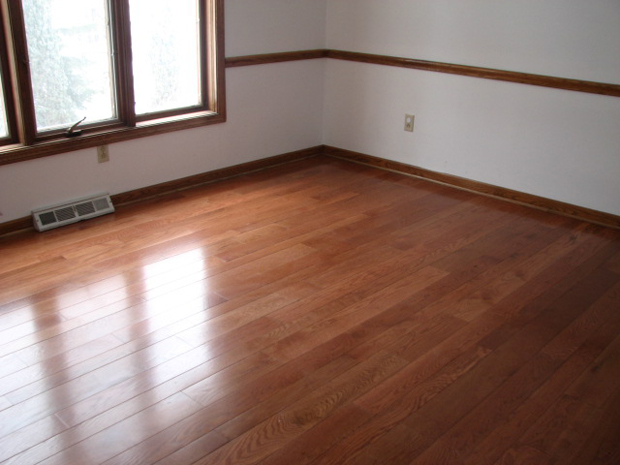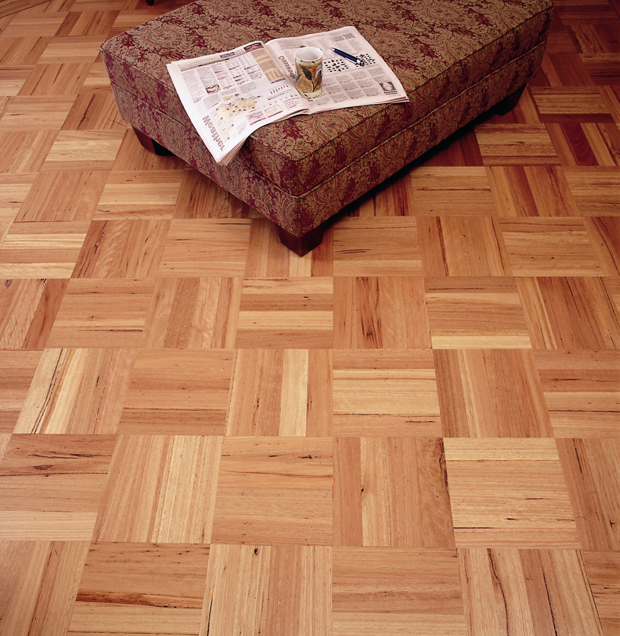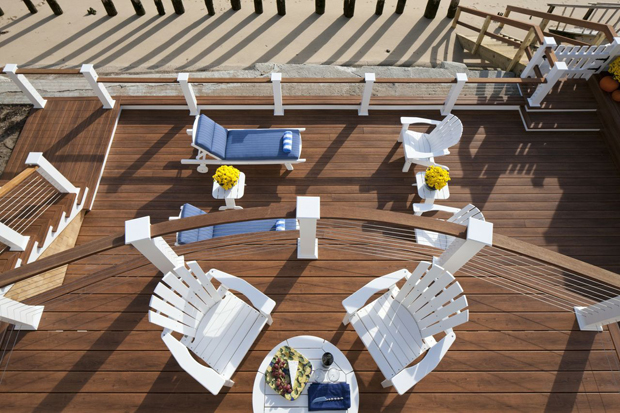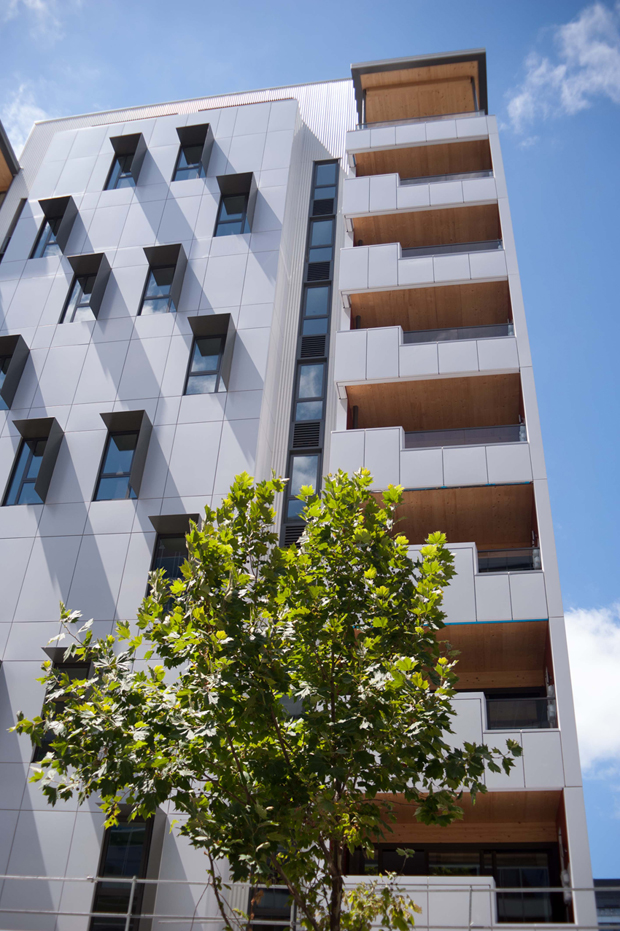Timber in the building industry is currently experiencing a renaissance - it is growing in popularity again, being used in traditional ways, but also pushing the boundaries of design.
Types of timber that are currently used can be divided into two areas - housing and non-housing - says Timber Development Association chief executive Andrew Dunn.
Nothing much has changed with uses of timber in housing, however, with a strong Australian dollar in recent years, the sourced location or variety of timber has been at its greatest, Dunn says.
“We have studs from Europe, flooring from North America, and pine from South America. We have never seen such diversity in products,” he says.
Eric Siegers, executive officer of the Timber Merchants Association, agrees, saying there has been a general rise in imports which reflects the gradual restriction of supply from local forests.
“As a result, more hardwood products are being imported from overseas, such as the Oaks for flooring (both American and European), the availability (or lack thereof) of local timbers, ability to have regular supply, and the high dollar have combined to make oak attractive to many consumers.”
Additionally, the grain and texture of oak creates interesting and unique flooring, Siegers says.
“With the rise in finishes, Oak’s ability to take on a stain results in a diversity of flooring difficult to beat with local supplied materials.”
 Oak flooring. Image: Kevin Payravi, Wikimedia Commons.
Oak flooring. Image: Kevin Payravi, Wikimedia Commons.
Siegers notes that the imported Oak species are more commonly used in producing parquetry flooring, which is regaining its popularity as a floor laying technique.
The more exotic flooring species include the New Guinea Rosewood and South American Pacific Oak. For outdoor use, Merbau remains the dominant important species particularly for decking and stair construction, he says.
 Parquetry flooring made from Blackbutt. Image: Boral Timber.
Parquetry flooring made from Blackbutt. Image: Boral Timber.
Other changes to the types of timber used in Australia include Treated Pine largely replacing Oregon in structural and decking applications.
Siegers says that while some of this is due to changes in suitability of Oregon for the intended application, the availability of locally produced Treated Pine timber products has overcome the need for imports of this particular material.
There is also a swing away from the traditional Tasmanian Oak/Victorian Ash timbers to the harder hardwood timber species for flooring, Siegers says, such as Spotted Gum, Brush Box and Blackbutt.
“They have an inherent natural hardness double that of Tasmanian Oak and Victorian Ash species,” he says.
Over the last few years there has been an increase in new technologies entering the market, such as bamboo flooring and composite timber decking, says Amanda Chalmers, brand manager - trade for Cabot’s Premium Woodcare Brands.
This means there has been a trend away from natural timbers, and a rise in engineered timbers, most notably in flooring, decking and structural beams.
 Rea'l Decking from Composite Materials Australia is a wood plastic composite. Image: Composite Materials Australia.
Rea'l Decking from Composite Materials Australia is a wood plastic composite. Image: Composite Materials Australia.
“People want the look and feel of timber, but with increased time pressures, they are looking for substrates with reduced maintenance that do not compromise on durability,” Chalmers says.
Siegers states that the engineered products offer a diversity of flooring choices that previously were price limited due to the expense associated with a solid timber product.
“These products are also pre-finished and usually can be walked on shortly after installation is completed, also installed on a resilient sound absorbing underlay that renders the floor more comfortable and quieter to walk on and live with.”
Many types of engineered flooring are coming from Malaysia, Indonesia and China, with the Malaysian timber floors recognised as superior to the alternative countries of supply.
Engineered structural beams are becoming more common in non-housing because of sustainability and advances in building. Designers are increasingly considering timber in non-traditional areas, Dunn says.
“The well-published Forte CLT project in Melbourne is making people think. There are people looking at using timber in office buildings, schools and apartments - all medium rise in height,” he says.
 The Forte apartment building in Melbourne is the tallest timber building in the world and uses Cross Laminated Timber throughout.
The Forte apartment building in Melbourne is the tallest timber building in the world and uses Cross Laminated Timber throughout.
Most of the structural Laminated Veneer Lumber, L Beams and Glued Laminated Beams are imported from the USA as well as New Zealand.
Top 10 Timbers:
Collating information from Wood Solutions, Timber Merchants Association, Boral and Intergrain, the 10 top timbers, in no particular order, include:
-
Blackbutt: used for flooring, structural, decking and cladding
-
Victorian Ash/Mountain Ash: used widely in flooring, window and door componentry and furniture
-
Oak (Tasmanian, New England, European, American): flooring - the diversity in grain and colouration has proven popular
-
Grey Ironbark: flooring and decking
-
Spotted Gum: flooring, bench tops, furniture and fit-outs, popular for its colouring and availability
-
Pine (Cypress White, Radiata, Treated): flooring, paneling, decking, structural
-
Messmate: flooring and furniture for its performance and colouring
-
Merbau: extremely popular in external applications, especially decking
-
Jarrah: flooring, paneling, decking, joinery and furniture
-
Western Red Cedar: cladding, both interior and exterior, window frames.

